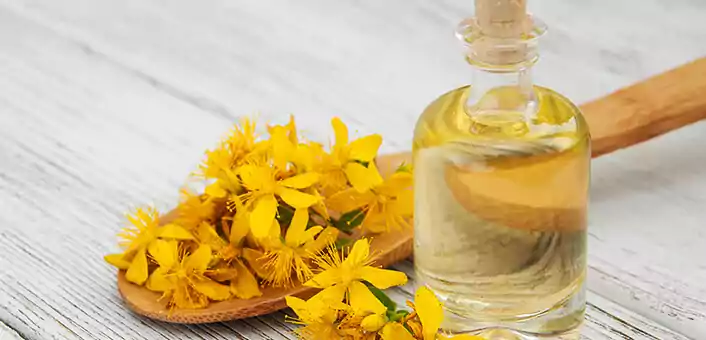PCOS test is based on the Rotterdam criteria for diagnosing PCOS.

Menopause
Do you know anyone who is going through menopause and is experiencing its many hormonal changes? For women, the biggest changes in life happen during menopause. This phase can be difficult and unsettling for them as they experience many hormonal changes. There are many herbal supplements that can ease the symptoms of menopause. One such herbal supplement is St. John’s Wort.
St. John’s Wort, also known as Hypericum perforatum, is a herb that is available in an extract form. Traditionally, St. John’s Wort was used to treat mild depression. The herb is very well-known for its antidepressant and anti-inflammatory properties. The ancient Greeks were aware of the plant’s medicinal impact and were using the herb almost 2000 years ago. They believed that the plant had mystical properties.
St. John’s Wort can help women who are going through menopause as they sometimes find it hard to come to terms with this new stage of life. This herb is widely prescribed by doctors in Europe in place of antidepressant drugs. St John’s Wort contains the ingredients hypericin and hyperforin. Hypericin is known to treat depression. It is said to work in a way that is similar to an antidepressant. It affects the levels of neurotransmitters, such as serotonin, in the brain.
It is said that St. John’s Wort can work well to improve one’s mood and can diminish many menopausal symptoms such as anxiety, loss of appetite, and disturbed sleep. Importantly, St. John’s Wort doesn’t come with any unwanted side effects that come with prescription antidepressants.